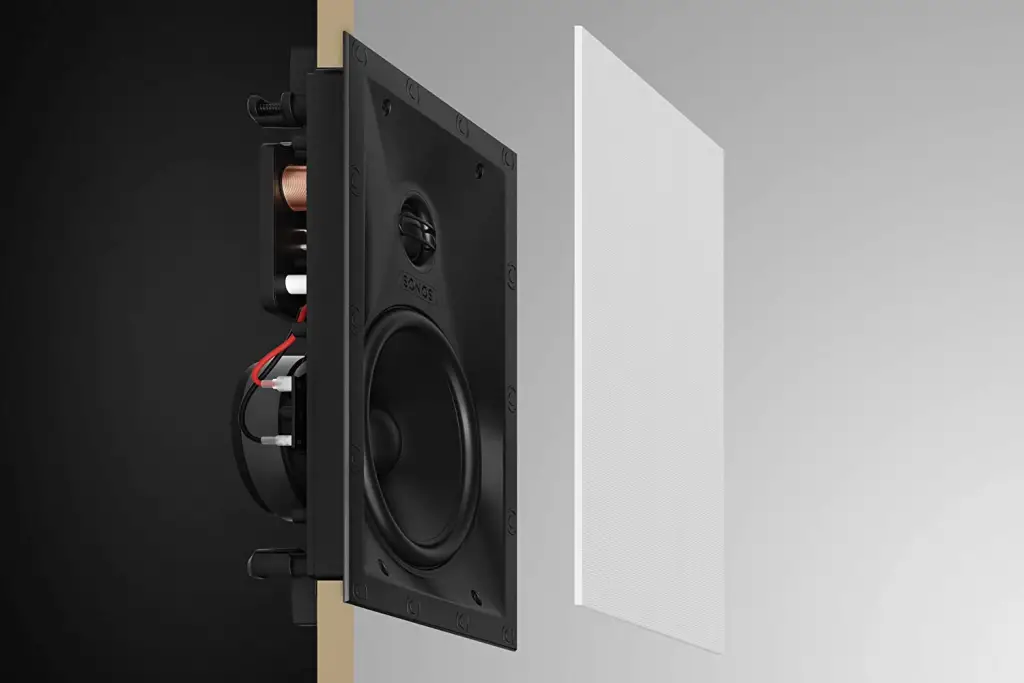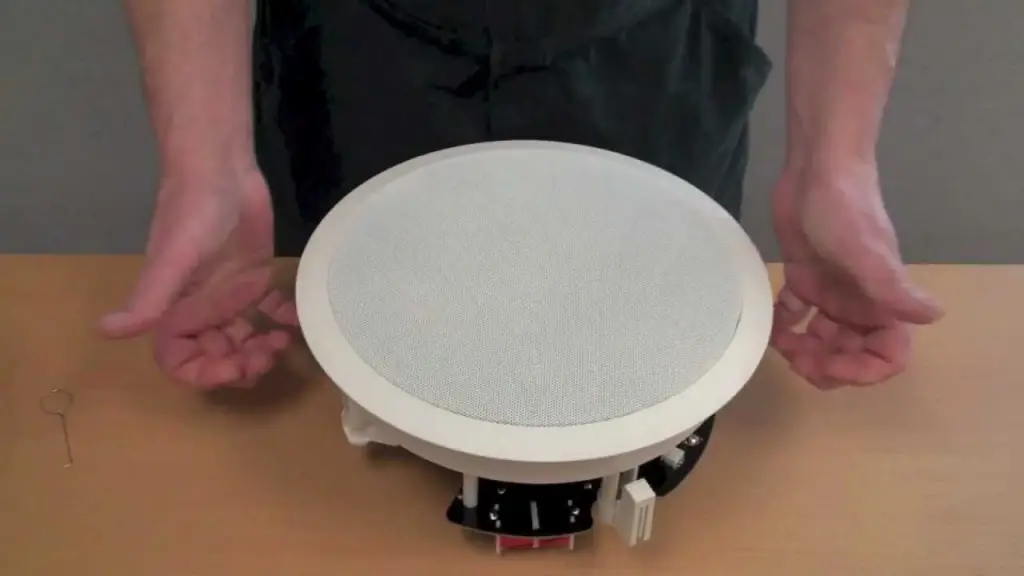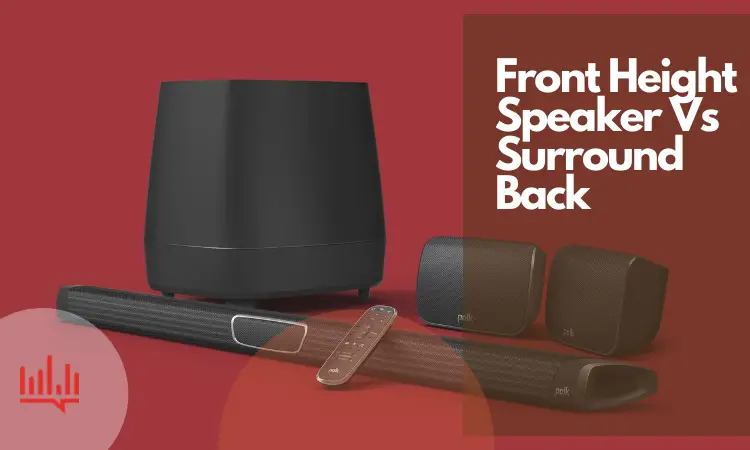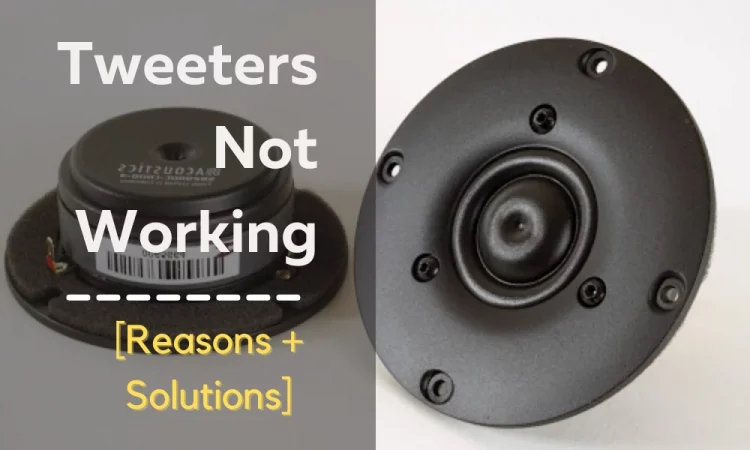In-wall speakers are a great addition to the home theatre until something goes wrong. Even for minor inconveniences, you may need to uninstall the whole thing from the wall. But that isn’t so easy.
So, how to remove in-wall speakers?
To remove in-wall speakers, first, cut off the power supply from the main circuit. Now, remove the speaker grills. Once they’re removed, the screws mounted on the speaker frame will be visible. Remove the screws and bring out the speaker from the wall. Disconnect the audio cables adjoining the speaker.
That was the whole procedure in a nutshell. If you need more details then stick with me for the in-depth discussion!
Removing In-Wall Speakers
Buying a house with built-in speakers may save your living space. But uninstalling them is a bit of a hassle. The same goes for its maintenance.
After all, to make any trivial changes you’d have to undo the installation again. Whether removing it will be easy or critical partially depends on the model.
But the general rules are almost the same. So if you need a step-by-step guideline for removing in-wall speakers tag along, then here it is-
Step 1: Preparations
Before you remove in-wall speakers you’d need to cut the power supply to the device. The power must be cut from the main circuit breaker panel. That is if it’s not a passive speaker.

Disable the power supply of the room where the in-wall speaker is located. Just tripping the particular circuit breaker switch is enough.
But if you’re unsure about the associated switch just cut off all the power supply. You’ll turn it on once the speaker has been removed.
Usually, in-wall or ceiling speakers are the passive type. And choosing between in-wall or ceiling speakers is a bit confusing. This means these types of speakers don’t own a built-in amplifier.
Instead, it’s powered by an external amplifier through a speaker cable. For passive in-wall speakers make sure to disconnect the cable from the amplifier.
Don’t skip the disabling of the main circuit either. It’s better for safety reasons.
Step 2: Removing the Speaker Grills
To reach the mounting screws inside the speaker removing the grills is necessary. The screws are visible only after you take out the grills. Just use a basic screwdriver set to take them all off.

To remove the grill you’d have to put pressure on the speaker frame. The frame is pretty flexible. So moderately put pressure on the frame and push it back and forth.
The grills should pop out of the frame. Now, if your in-wall speaker is of a trimless design this method might not work. These types of speakers have flat grills that are stuck by a series of magnets.
Neodymium magnets hold the grills to the frame. They’re pretty strong. To remove this kind of speaker grill you’d need a small paper clip. Insert the clip into one of the mesh holes near the edge of the grill.
Now gently pull until the grill comes free. This method should work with other types of speaker grills too. But if the grills are made of fabric it’s better to try other methods.
Step 3: Unmount the Screws
Finding the location of the mounting screws is harder than uninstalling the speaker sometimes. Because these speaker mounting screws are usually well hidden.
Usually, these screws are located at the corners of the speaker disk. Once you find them you’ve to unmount them. To remove these screws you’d need a large Philip head screwdriver.
If your in-wall speaker has bolts instead of screws you’d require a ratchet socket wrench. The bolts in-wall speakers are usually ½” or ¼” in measurement.
Step 4: Removing the Speaker
After removing the screws, taking the speaker out becomes fairly easy. But there may be additional retention clips around the speaker assembly. You can use a flat-head screwdriver to get rid of them.

If all the obstacles are gone pull out the speaker carefully from the wall. Now unplug the audio cables that are connected to the speaker. With this, the uninstallation is now complete.
If you wish to put it back then you’d have to reverse the whole process. It’s quite similar to how ceiling speakers are installed. If dealing with the audio cables seems troublesome leave the work to the professionals.
Things to Look Out for When Removing the Speaker
In-wall speakers are more delicate than they look. If you’re removing the speaker yourself there are a few things to look out for. Here’s what you need to know about it-
Be Gentle with the Tools:
Whether you’re removing the speaker grill or the screws go easy with the tools. The frames of the in-wall speakers are usually made flexible. They’re not hard enough to handle a jab with sharp objects.
So be careful while removing the screws with a screwdriver. The same stands for using tools to remove the grill.
Careful with the Wiring:
Just like the speaker itself, its wires are pretty delicate too. Unlike separate sound bars or tower speakers. So, when removing the speaker from the wall be careful not to pull the wires.
There are many cases where the wire gets torn upon putting more strength. Also, in-wall speakers are quite bulky. At least more so than the ceiling speakers.
So, when removing the wires it needs a supporting base. Make sure it’s not hanging from the wires without anything to support it underneath.
Hopefully, this discussion will help you ease your troubles.
Frequently Asked Questions (FAQs)
Here are a few more questions that might be helpful-
Do ceiling speakers need a subwoofer?
A subwoofer isn’t a mandatory accessory for ceiling speakers or in-wall speakers. But it can become a nice addition to your home theatre set. After all, in-wall or ceiling speakers produce weak bass sounds. Some frequencies get blocked by the wall. Adding a subwoofer can make up for the loss.
How to connect ceiling speakers to the soundbar?
Connecting ceiling speakers or in-wall speakers with a soundbar is possible. But you’ll need an optical cable splitter for this. Adjoint the splitter with the audio output unit. Connect the ports with the soundbar to one end and another with the external speaker. Now try testing the soundbar.
How much does the in-wall speaker installation cost?
Installing an in-wall speaker can cost you $200 to $500 a pair. This includes the installation and wiring costs. Installing ceiling speakers may cost more. Because those require more running wires from the ceiling to the electrical circuit. A complete sound system may cost you $700 per room.
Final Words
Now you know how to remove in-wall speakers. We hope our guidelines were detailed enough to make the job easier for you.
Don’t forget to check for the warranty on your in-wall speakers. It might save you some extra bucks for buying the brand-new piece.
Stay well!



